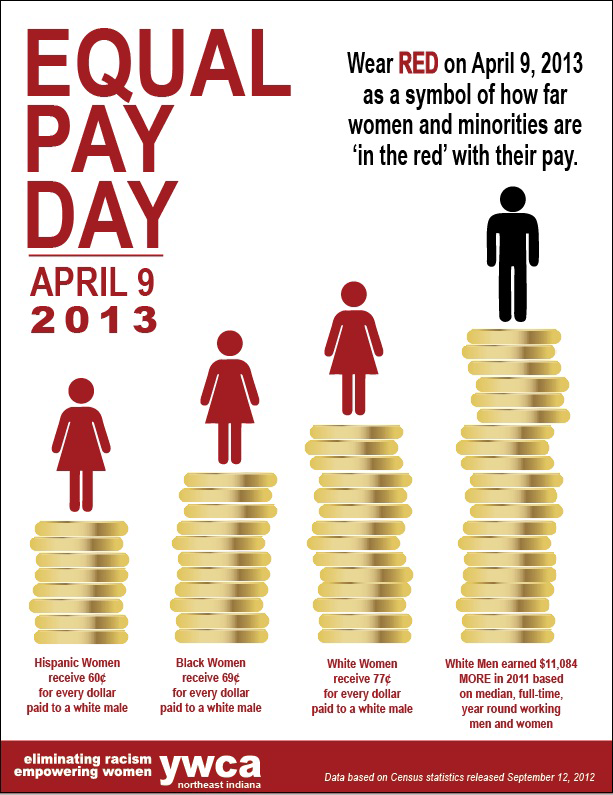- Home
- News
- Features
- Topics
- Labor
- Management
- Opinions/Blogs
- Tools & Resources
Equal Pay Day: Association Publishes Latest Analysis Of The Gender Pay Gap
A must-read for Equal Pay Day, the American Association of University Women (AAUW) has published its annual pay gap analysis, The Simple Truth about the Gender Pay Gap, complete with charts on the gender pay gap broken down by state, race/ethnicity, education, and age.
The analysis shows that one of the widest pay gap disparities is among workers ages 45–54, the time when most workers build up the bulk of their retirement nest egg.
The Simple Truth shows that for workers ages 20–24, the pay gap already is 7%. It widens as women enter prime working years, to a staggering 24% gap for full-time workers ages 45–54.
“The research clearly shows that the pay gap is not a figment of our imaginations,” said AAUW executive director Linda D. Hallman, CAE.
“Women are actually losing tens of thousands of dollars in wages,” Hallman said. “Think about what they could do with that money to improve the lives of their families. This handbook gives everyone concerned about equal pay the tools they need to advocate for fair pay.’
The Simple Truth, based on data released by the U.S. Census Bureau at the beginning of the year, is published every year for Equal Pay Day, the symbolic date in April when women’s wages finally catch up to men’s from the year before. It takes nearly 16 months to get there rather than 12.
In 2013, Equal Pay Day is April 9.
Gender Pay Gap Hasn’t Budged
“The gender pay gap hasn’t budged in the past 10 years,” said AAUW director of research Catherine Hill. “Everyone’s familiar with the 77-cent statistic because it’s been around so long. What’s especially problematic is that even when you compare women and men in the same jobs, we still find gaps. That’s unacceptable.”
At the state level, The Simple Truth shows that the largest wage gap exists in Wyoming, where women were paid only 67% of what men were paid in 2011. Washington, D.C., has the smallest wage gap, where women were paid 90% of what men were paid.
Earnings and the pay gap also vary by race/ethnicity. Hispanic/Latina and African American women had lower median weekly earnings compared with white and Asian American women.
Hispanic/Latina women were paid only 59% of what white men were paid in 2012. When compared with white male workers, Asian American women’s salaries show the smallest gender pay gap, at 88% of white men’s earnings.
The Simple Truth outlines actions governments, employers, and individuals can take to help solve this systemic problem, such as passing fair pay legislation, providing transparency in pay systems, and negotiating salaries.
“After the 2012 election, every lawmaker knows the power of women at the ballot box and the issues we care about,” said AAUW director of public policy and government relations Lisa Maatz. “Equal pay always tops that list, and it’s past time for real action from Congress. This is also a great opportunity for the president to take regulatory steps to close the gap while Congress gets its act together.”
Please subscribe to WWOW’s post by email: [subscribe2]
List your business in the premium web directory for free This website is listed under Human Resources Directory






